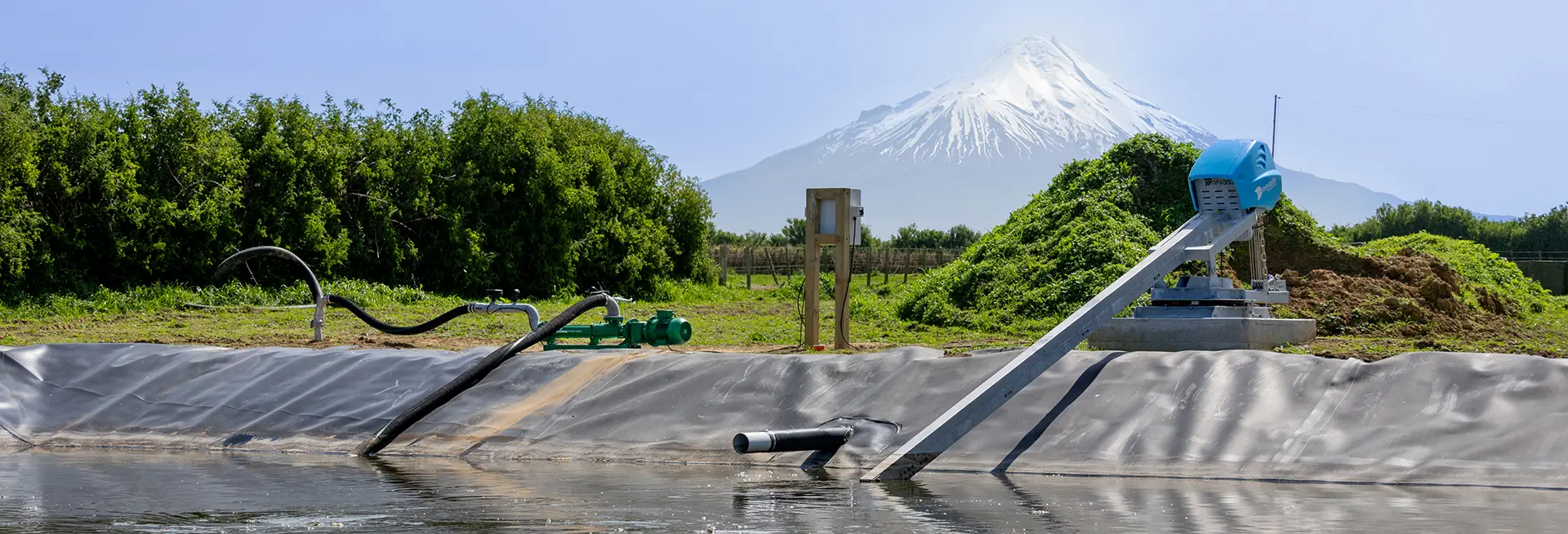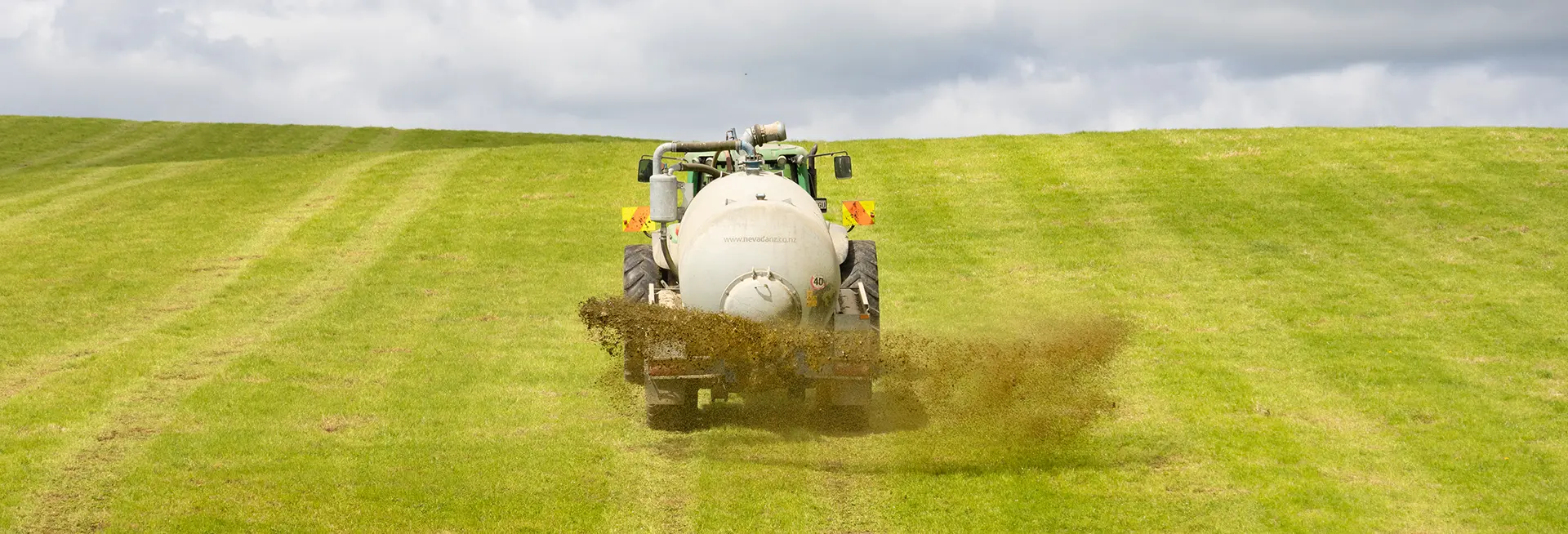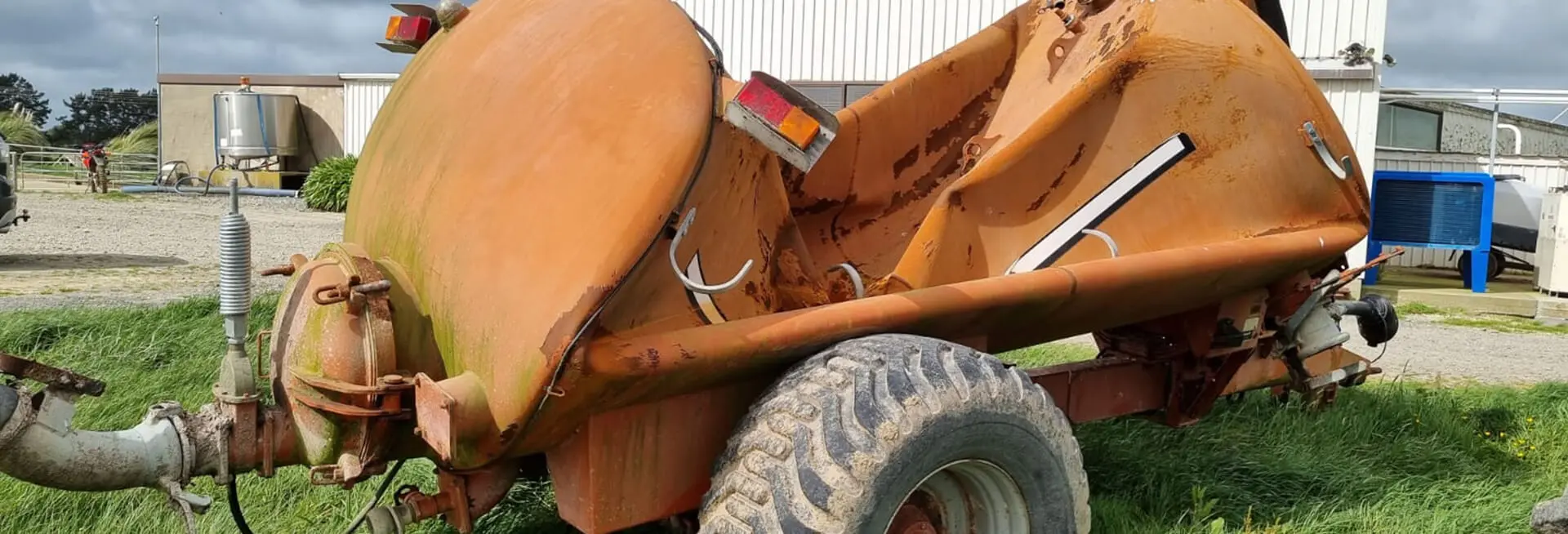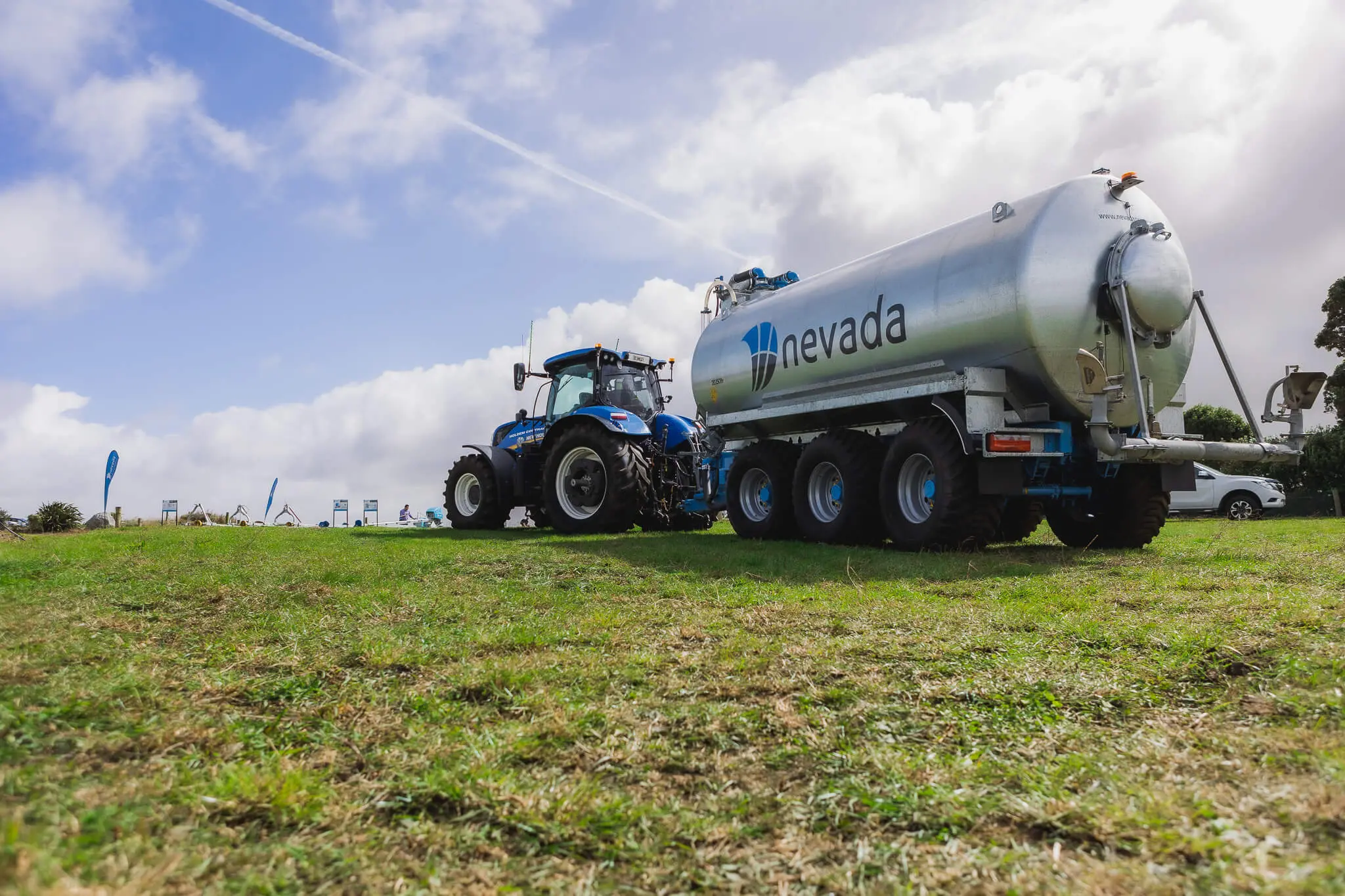When planning your effluent storage, lets not forget about the all important stone trap. As with any part of your effluent management system, getting the stone trap right will make for a more effective system with a lot less hassles. Here’s some things to consider…
Why Install A Stone Trap?
A well designed stone trap prevents the heavy, abrasive solids that provide no nutritional value from entering your effluent storage. These are solids like stones, silt and sand – the stuff you don’t want taking up room in your effluent pond, or worse, making it’s way through your pump, pipes or hose causing damage and blockages.
An effective stone trap will slow down the flow of the effluent allowing the heavy solids to fall out of suspension while the organic, nutritious solids filter through to the effluent storage. Much of the effectiveness relies on the correct positioning of the inlet and outlets as well as the size of the stone trap.
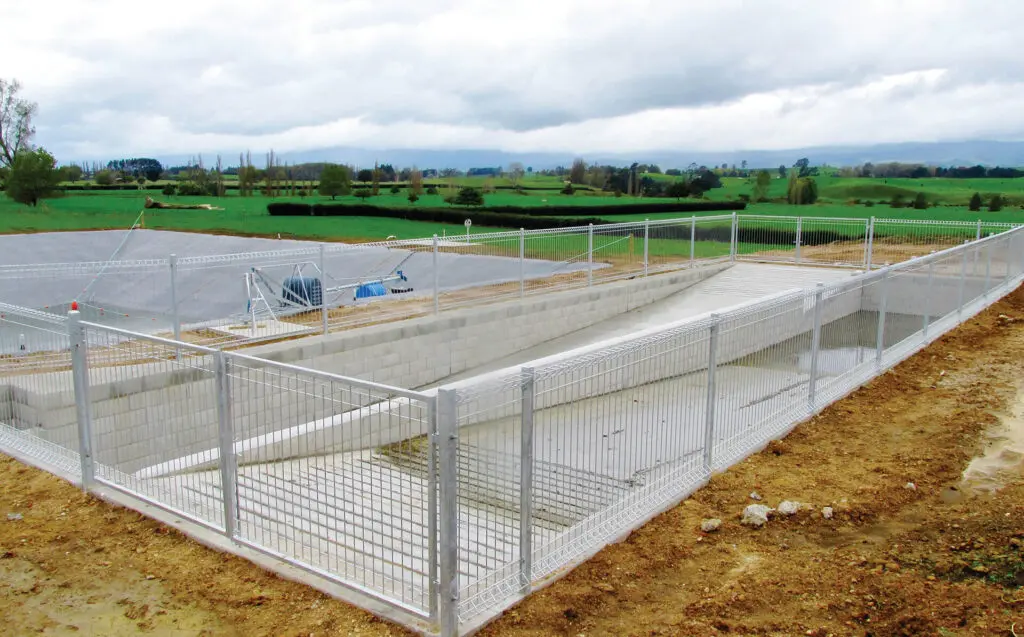
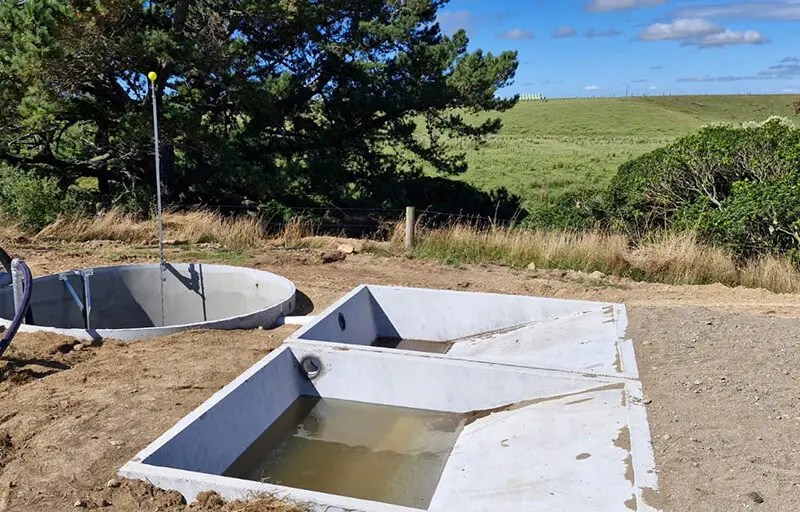
Stone Trap Size
As with your effluent pond storage, skimping on size will not do you any favours in the long run. The size of your stone trap needs to suit your farm operations and how often you plan on cleaning it out. This will be dependant on a number of factors including cow numbers, your type of races, if a feed pad is involved, the cow’s diet etc.
You may also like to consider what you’ll be using the heavy solids for, for example:
- Filling holes in paddocks – as this is a task that’s not particularly time sensitive, an average sized stone trap may be adequate to store and spread on a more frequent basis.
- Incorporating into crop paddocks – this would be more reliant on crop cycles, so you may consider a larger stone trap which will require less frequent cleaning.
Cleaning Out Your Stone Trap
There’s really two options for cleaning out your stone trap, each depending on your operations – slurry tanker or solids spreader/contractor.
Slurry Tanker
Yes, they’re useful for more than just spreading effluent! Slurry tankers are a very useful option for cleaning out your stone trap or even your pond as long as the solids are not left to dry out. This is the ideal solution for being able to use one machine to spread your nutrients and deal with the heavy solids at times that suit your operations.
Solids Spreader/Contractor
If you’ve got a good use for dry, heavy solids, or you’re only wanting to spread a couple of times a season, getting a contractor in to dig out the stone trap and spread the solids may be your most efficient option. In this case, a larger stone trap is recommended with easy accessibility for a tractor to get in. You’ll know it’s time to call the contractor once the muck is solid enough that you can’t break it by stomping on it. Of course if you’ve got a solids spreader of your own you can always DIY too!
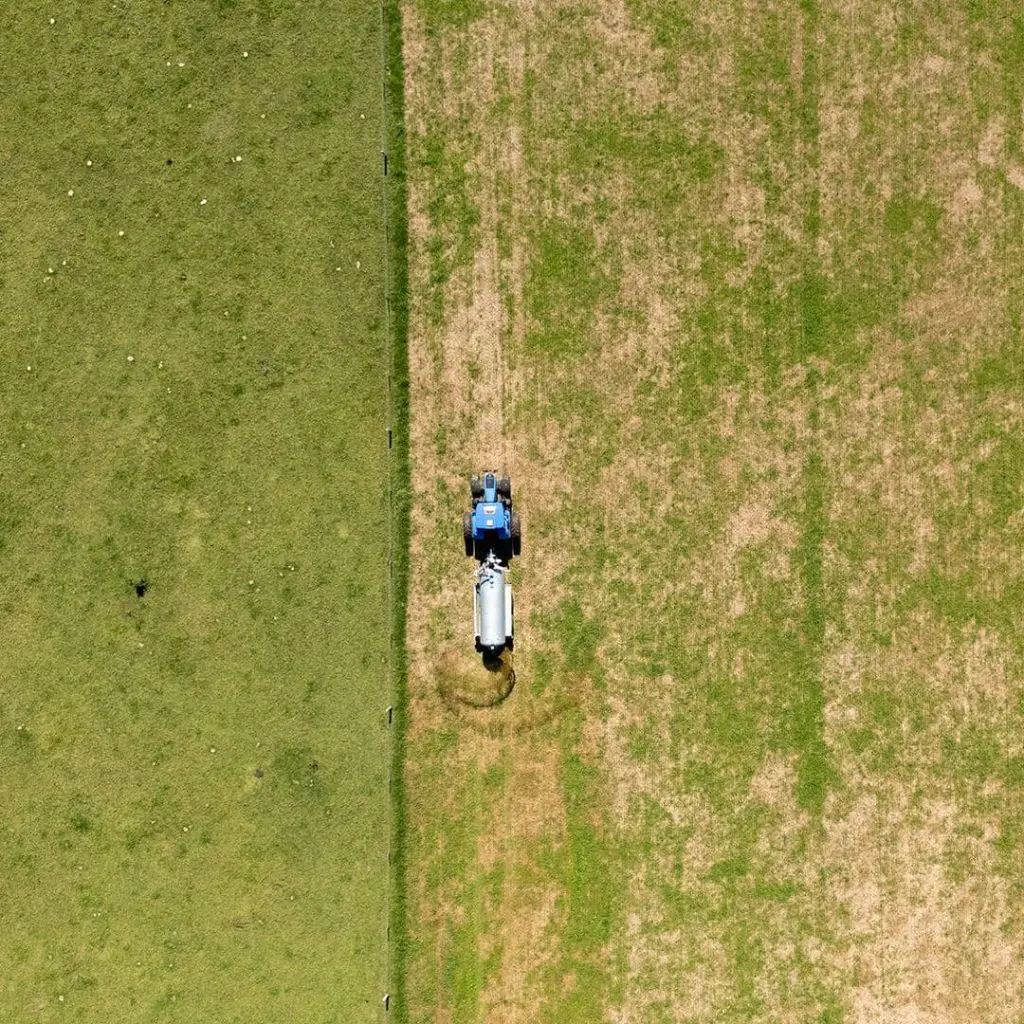
Getting It Right The First Time
Whether you’re looking to add a stone trap to your exisitng effluent storage, or you’re planning new storage, you’ve got nothing to lose in talking with effluent management specialists to help make sure you get it right the first time. You’ll receive specialist knowledge & experience at no extra cost, plus it’s in their best interests for you to achieve an outstanding outcome.
Need more information on setting up your effluent storage system, give one of our accredited experts a call.
